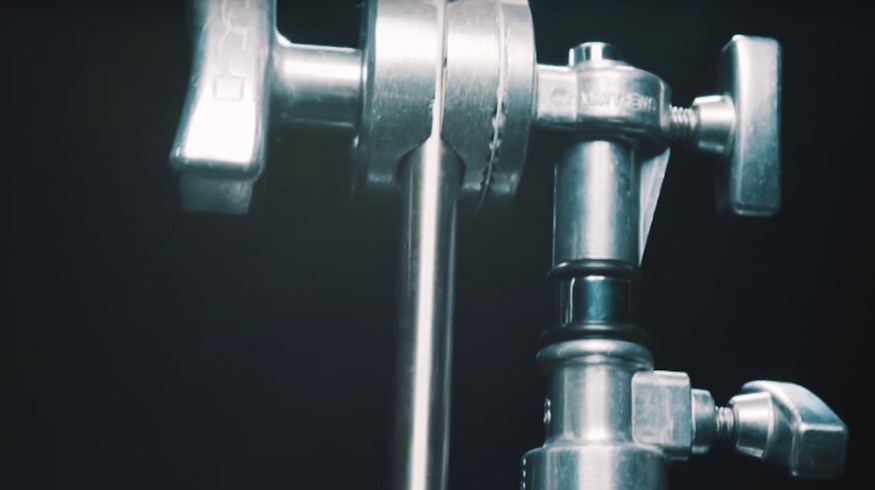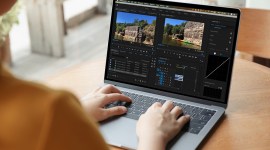
On-Set Essentials: Production Gear You Need to Know About
New to film and video production sets? Here are three pieces of essential equipment you should know about before you get started.
Working on a set for your first time can be an intimidating experience. There are people running around you giving commands you don’t understand, like “Take this stinger to the best boy” or “Flag that diffusion above the ARRI.” If you aren’t familiar with these terms, you might think you’ve chosen the wrong profession. Don’t worry, though — with enough practice, you’ll be the one running around yelling nonsense.
To get you started, here are three pieces of gear you should get to know before stepping on set.
C-Stands
One of the first things you have to acquaint yourself with on set is the C-Stand. They are everywhere. You can use them to rig lights, hold up diffusers, or even support a boom pole.
As film and video equipment goes, these things are pretty simple: metal rods and arms that use a series of fasteners to secure whatever you’re working with. What’s important is how you set them up. First, make sure that you place the longest leg of the C-stand underneath the weight load of your setup. This will keep your stand from toppling over. If you have sandbags, use them for extra security.
When balancing a load on your C-stand, make gravity work for the C-stand, not against it. You can do this by loading the weight onto the right side of the grip handle. This will make the weight of the object tighten the grip instead of loosening it.
Always place your hands on the outside of the C-stand between the base and the arms when carrying it. You can avoid a lot of pinched fingers this way.
Gaff Tape
Ahh, gaff tape. The gaffer’s best friend. This stuff comes in extremely handy on set, and filmmakers all over the world rely on it for its versatility and heat resistance.
You might think that duct tape would be the industry preference, but duct tape actually has a plastic backing that melts really easily. I’ve seen duct tape catch fire before on set because it was too close to a light. Not fun. Gaff tape actually has a heat-resistant cotton backing, which prevents the tape from melting and ruining everything in its path.
You can use it to rig just about anything that might break on set — or even to prevent tripping hazards by taping down cables.
When you’re on set, someone is bound to have a roll of this stuff handy. If they don’t, go out and buy a roll yourself. You’ll be a hero when things go south.
Lav Mics
If you’re assisting with audio on set, you might have someone tell you you need to “lav this person up” and hand you a wireless microphone. It comes with a clip, so you can just clip it to their shirt, right? Wrong. A visible lav is distracting on camera, and it can make your production look amateur. If you want to impress, know the four ways to lav a subject:
- Collarbone lav: this is the most common setup. Have your talent feed the mic through their shirt, and tape it to the inside of their collar next to their collarbone.
- Collar lav: if someone is wearing a suit or a collared shirt, setting up a collar lav is usually the best approach. Situate the lav in the fold of their collar, and tape it up. It will be in the perfect position to capture their audio.
- Chest lav: if you have ever worked a sting operation, you’ve probably used this setup before. This is where you tape the lav directly to the subject’s chest under their shirt. (You will capture more bass notes with this approach compared to the others if you’re looking for a fuller vocal effect.)
- Ear lav: one of the more unconventional setups, the ear lav is perfect when you don’t have many other options. Tape the lav to the back of the talent’s ear and hide the wire on the back of their neck. It may look silly in person, but with some camera magic, you can conceal it entirely.
Looking for more tips for working on set? Check out these links:






